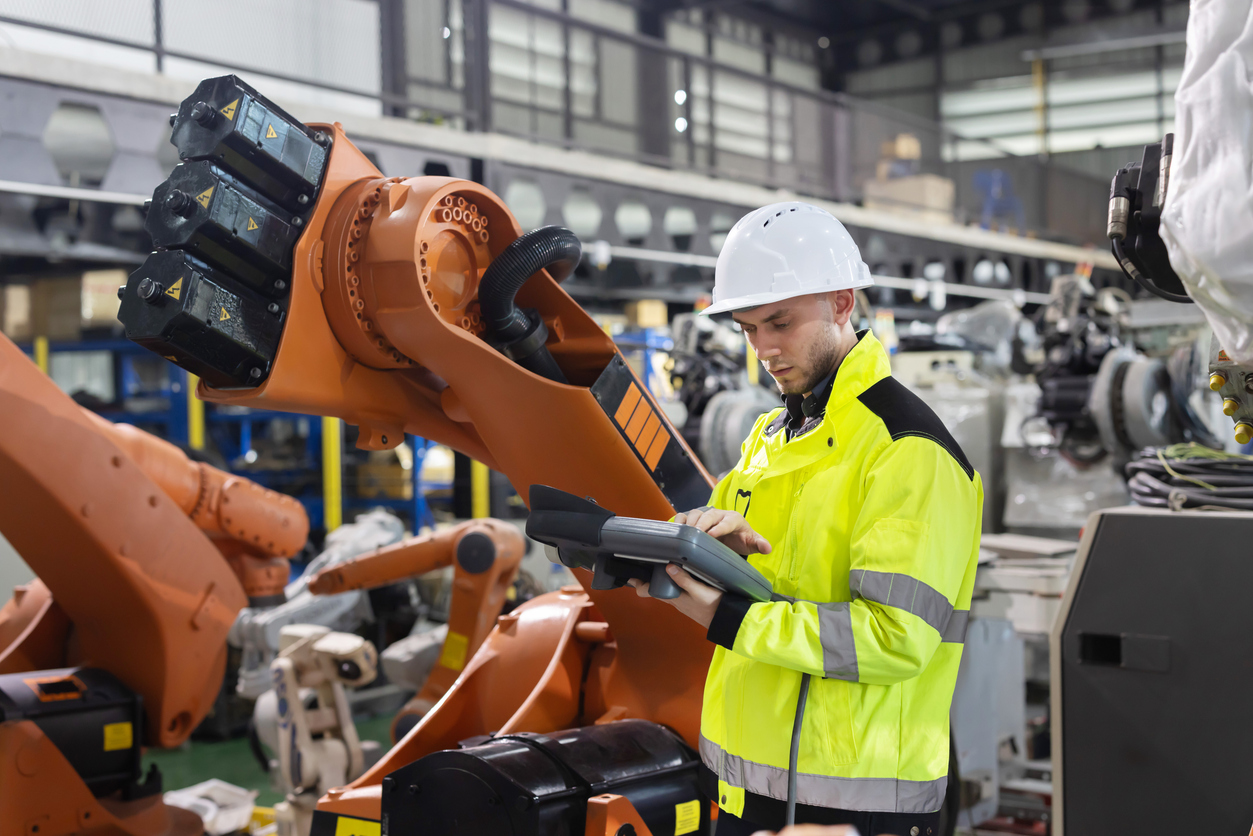Orgvue, an organisational design and planning platform, conducted research into employee redundancies in favour of adopting AI, finding that over half of UK businesses regretted their decision.
While 69% of organisations are confident that they will embed AI into their core business operations by the end of this year, a staggering 39% admit that they do not possess the organisational expertise to accomplish this. So, are businesses really ready for AI?
Before implementing such technology, it is critical for a business owner to consider what is important to automate, how it might affect the company, and ensure that the team involved are made aware of these changes. Introducing AI into business operations cannot be made with one quick switch – existing employees must be trained to work with the automated processes as part of a symbiotic relationship between humans and AI.

The impact of AI on a business must be researched before any decisions to implement these processes can be made. Benefits and risks must be weighed up, looking at what the best types of processing could be to automate but also how expensive it can be. The most important risks to mitigate are loss of time, money and resources accumulated by failing to thoroughly map dependencies and responsibilities in these newfound processes.
Orgvue lists the potential barriers to AI adoption which include a lack of regulation on using AI in the workplace and employee scepticism. Employees must not feel pushed out by the early days of automation and colleagues should be made aware of the benefits and risks of any automation tools that are being set up in the company. Instead of a reliance on AI, human and machine can work in complementary roles with one another. Existing employees could be finding themselves in more skill-specialised roles, prioritising creative projects that require collaboration and communication. With automation taking over some of the more repetitive and time-consuming labour, employees are given the chance to excel in more satisfying areas of work, boosting productivity and job satisfaction.
Many worry about the future of automation in the workplace despite humans remaining essential to the workforce. However, when mapped and discussed thoroughly, the benefits of automation outweigh the risks. It is possible for automation tools and employees to work together, enhancing each other’s roles and giving employees more satisfying projects to engage with, so long as colleagues are kept in the loop with any changes involved and that these changes are regulated and agreed with by employees, employers and partners of a business.

Automated tools can be adopted into a wide array of industries, sometimes used in place of humans to keep them safe in the workplace. In these circumstances, employees could be trained to maintain these tools, ensuring they are working correctly. In an office environment, data-entering could be automated to reduce time and chance of human error but still be overseen by an employee that decides how the data is processed, who receives the information and how it is presented.
Businesses can easily flourish with automation so long as the process to automate is thoroughly-planned and not rushed. An automated workplace can see growth, increased flexibility, scalability and efficiency when running smoothly and implemented correctly. Businesses might be ready for AI but the move to automation should not be a decision considered lightly.
80% of businesses plan to increase AI investments this year but 27% still lack a clear roadmap. Investing in AI with no defined route can be very risky. Here at Solweb, we can help businesses decide and plan on their automation requirements, no matter the business or the industry. We have an award-winning and dedicated team ready to guide you through the planning, the process and the upkeep.
To find out more about how automation is changing the workplace, check out our blog post about it. For more tips on deciding what to automate and when, ensuring success in your business, click here.
Statistics are from the Orgvue study, linked at the top of this page.

